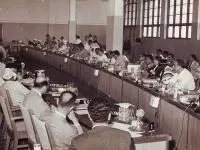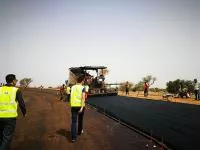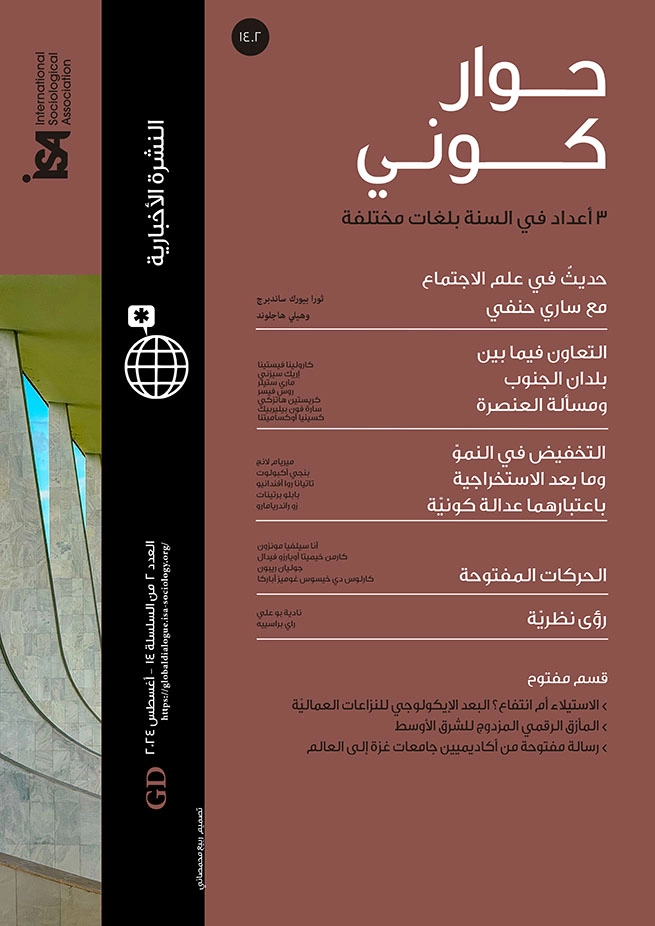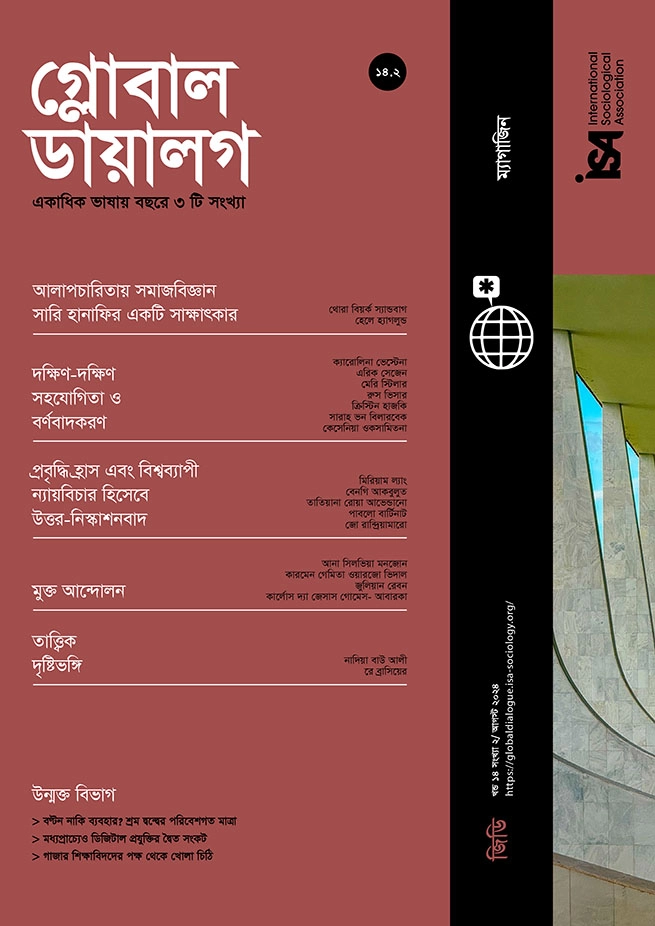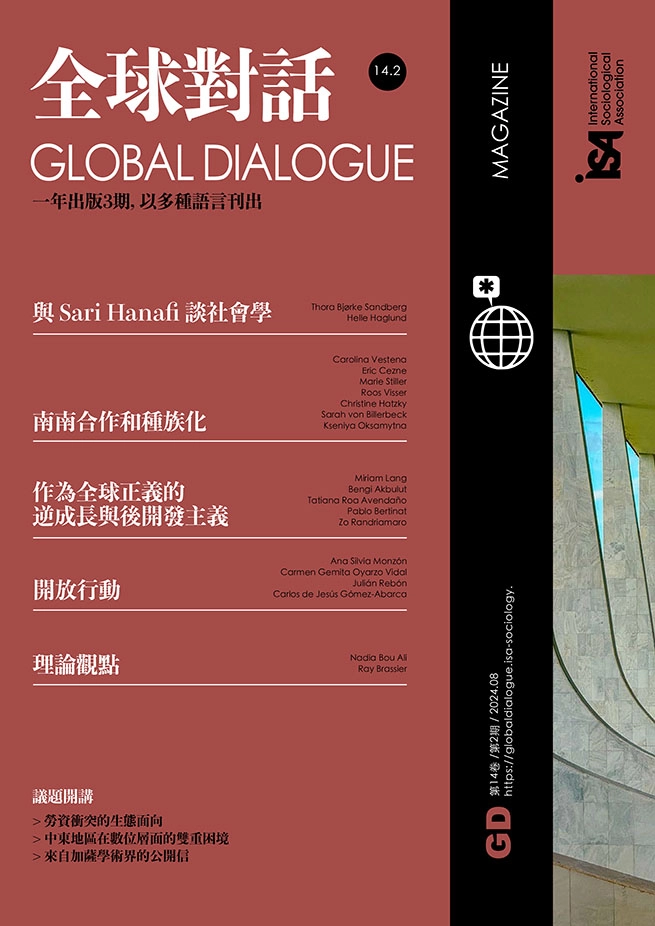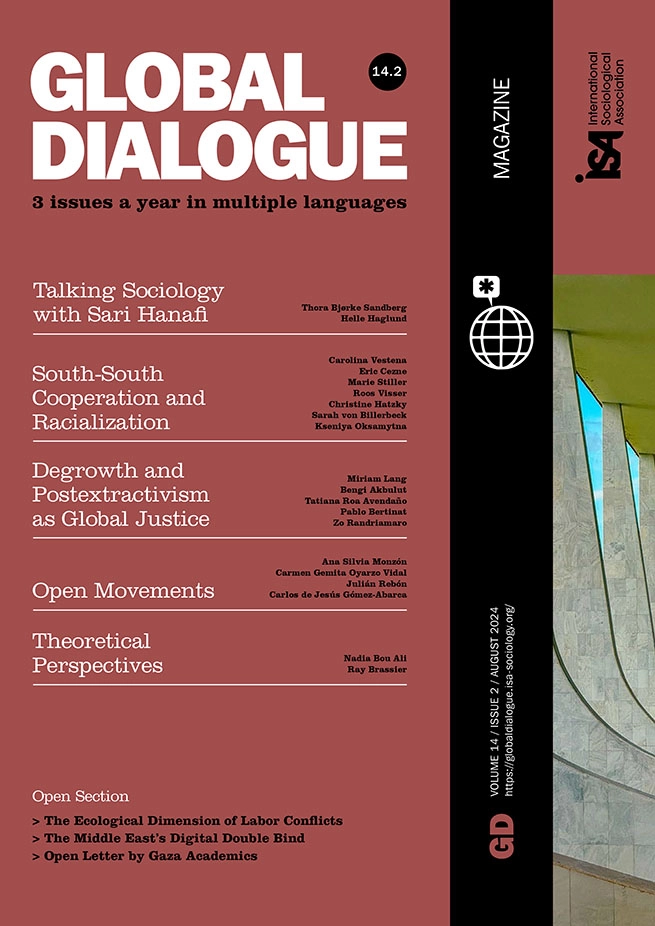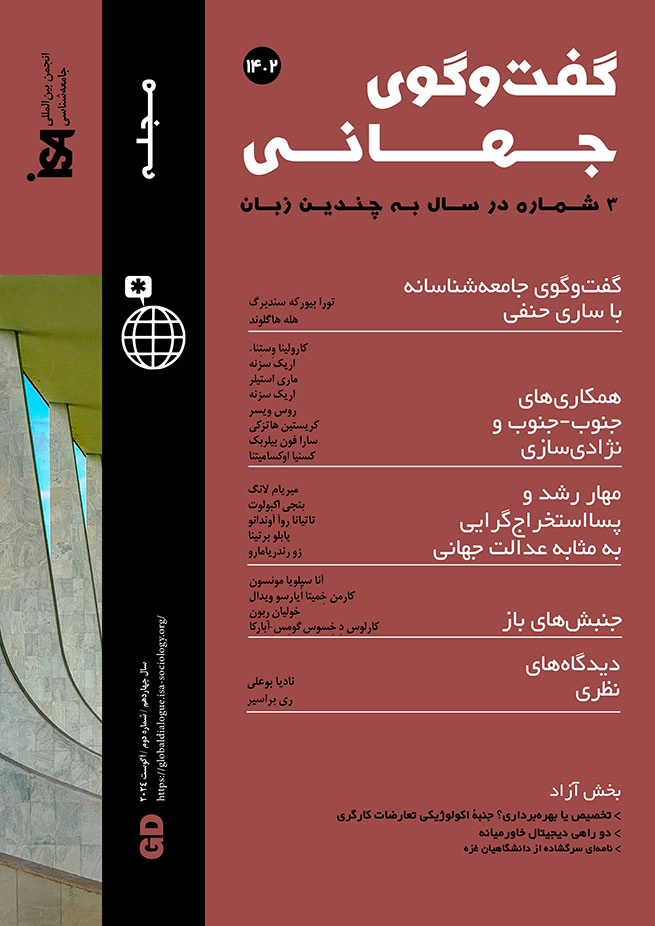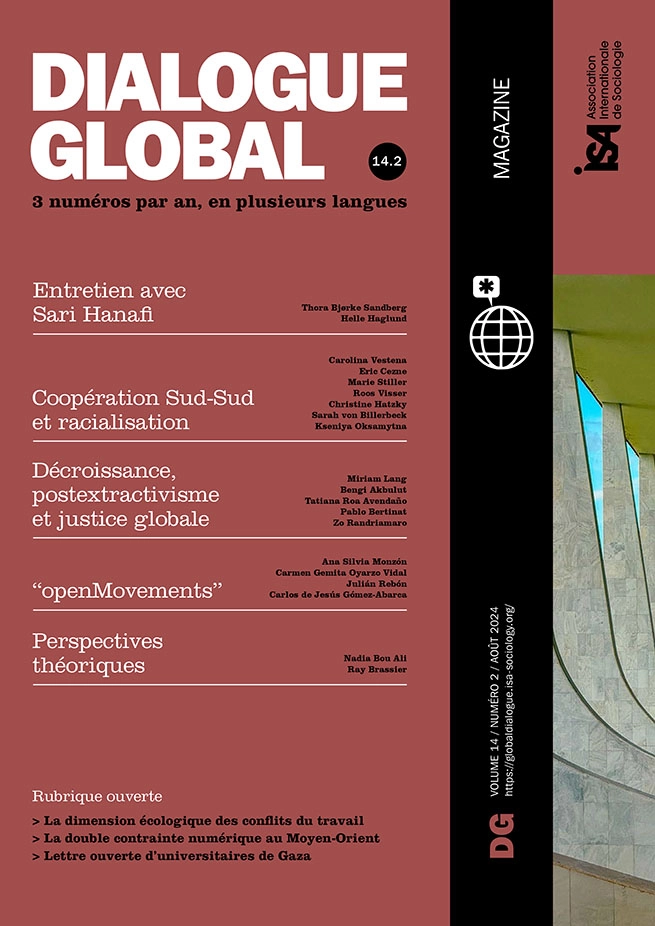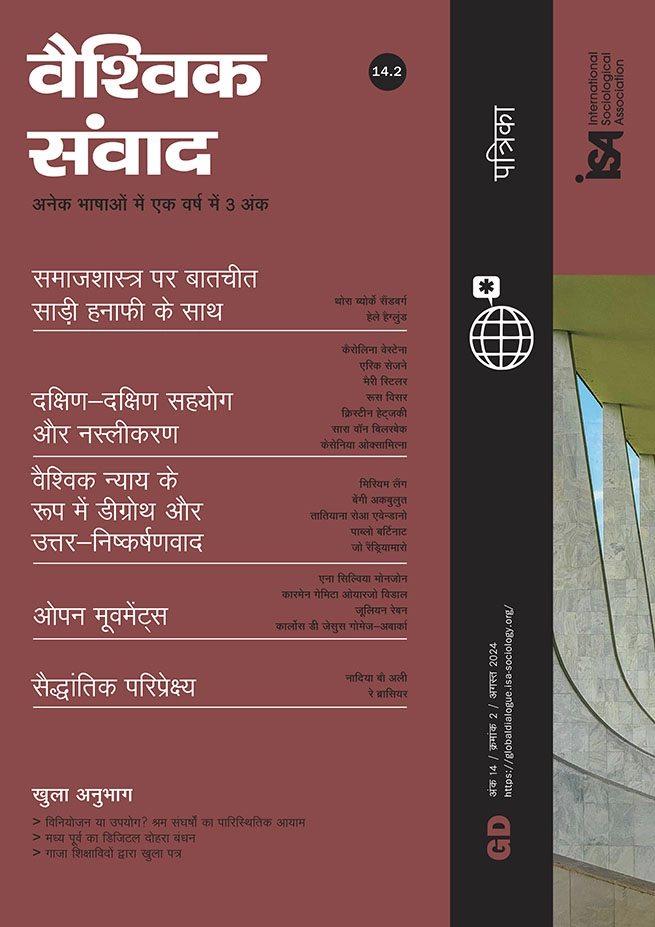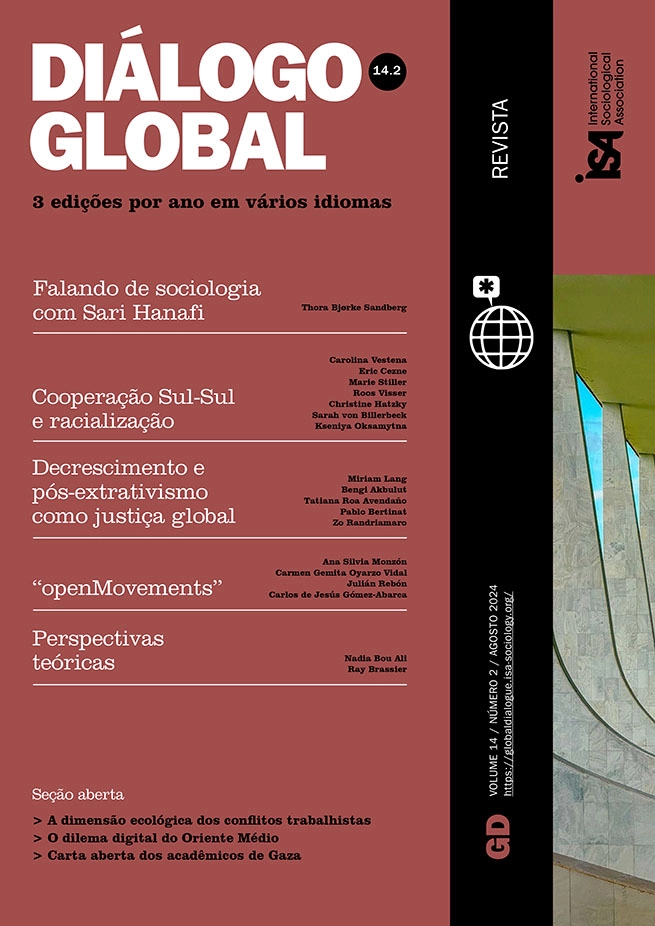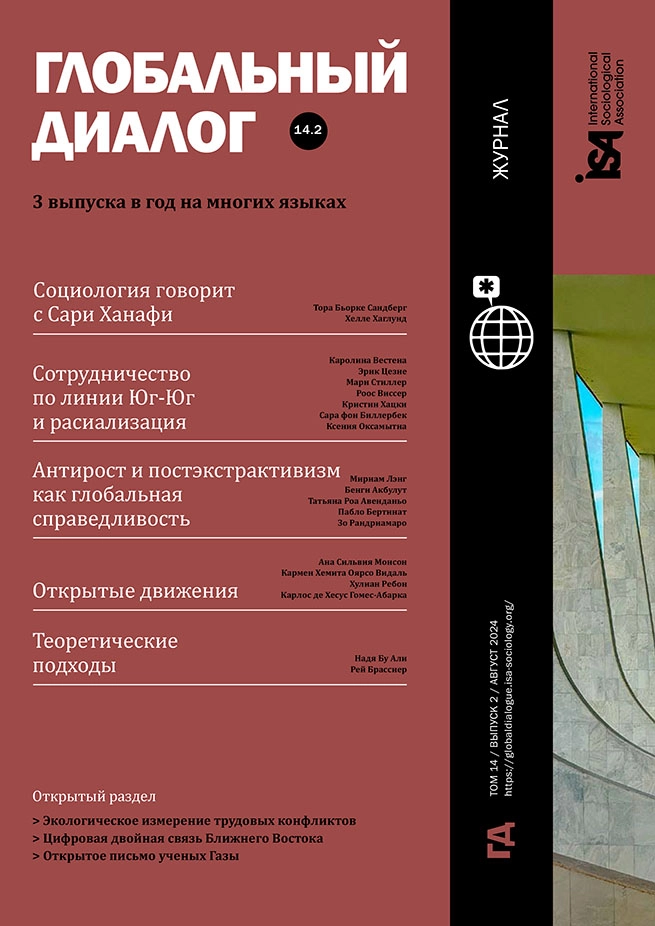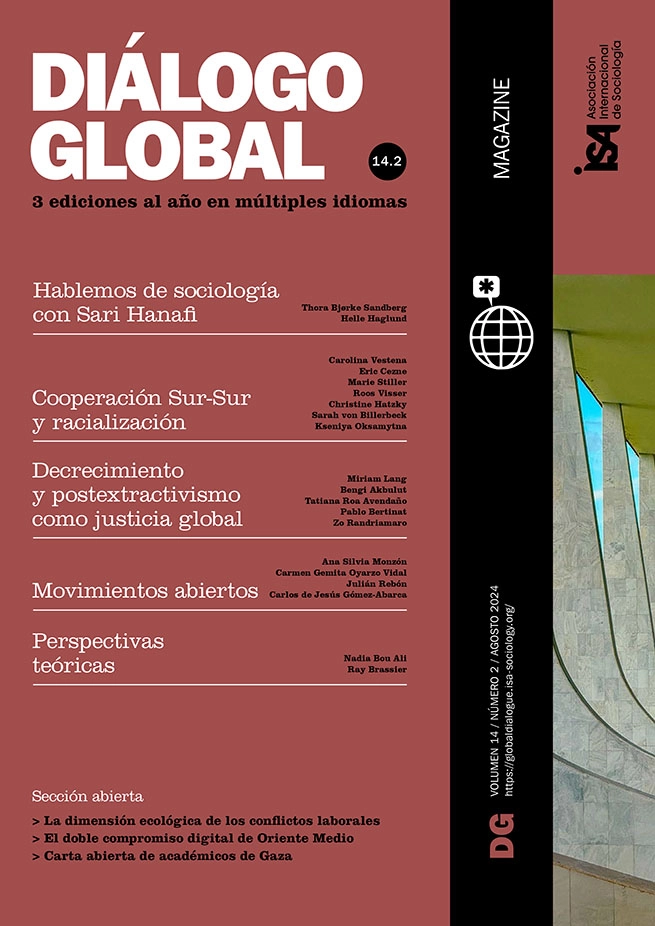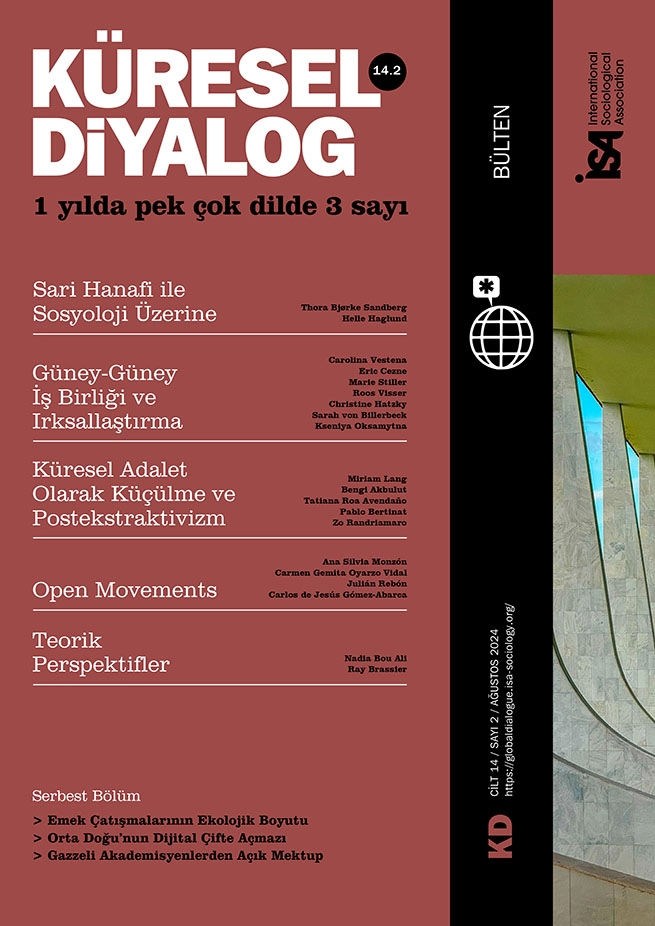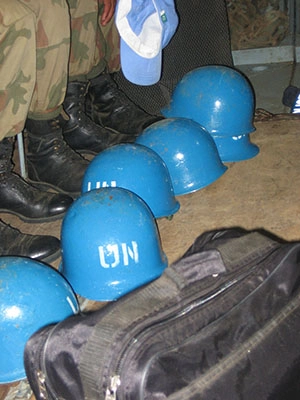One of the most important instantiations of international cooperation in the contemporary global system is the United Nations. Bringing together nearly all the states around the world, it involves multiple vectors of cooperation: North–North, North–South, and South–South. Indeed, the UN’s very existence is premised on the assumption that institutionalized fora where states can engage in structured cooperation as equals will help to avoid conflict, promote human rights, and ensure justice. Yet equality between states within the UN has long been questioned and recent research has shown that not only does the structure of the UN institutionalize inequality among states through differential access to decision-making processes (especially between the Global North and the Global South, for example, in the UN Security Council), but that the structures are frequently racial in origin and thus the hierarchies within them are also racialized. As described in the introduction to this thematic issue, we conceive of race as a social construction that involves the othering and ranking of groups based on characteristics that are perceived as immutable, which in turn results in unequal access to social, political, and material resources.
Despite the recognition of racial inequalities among UN member states, scholars have until recently failed to examine how such hierarchies come to exist, are replicated, and become entrenched within the UN – that is, within the workforce of the organization itself. In our recent article entitled “Race and International Organizations”, we examine UN peacekeeping and, drawing on Ray’s (2019) theory of racialized organizations, find evidence of four mechanisms through which racial hierarchies are perpetuated within the UN.
Differential agency, racialized distribution, credentialing, and racial decoupling
First, we observe the diminished or enhanced agency of personnel from different racial groups. Because all new UN peace operations in the last 20 years have occurred in non-white-majority countries in Africa, Asia, and the Caribbean, this is particularly apparent in the distinction between international and national staff. The latter often work in support roles, as drivers or translators for example, or are asked to provide local and cultural knowledge. These roles are valued less than more “substantive” work, and national staff are thus concentrated in race-typed jobs with lower status within the organization. This is exacerbated by the significant pay differential between national and international staff. The agency of racialized groups in peacekeeping is also diminished through the tokenistic placement of non-white personnel in senior posts.
Second, we find evidence of the racialized distribution of organizational resources. One of the key resources for peacekeepers is physical security, which can be hoarded by white personnel. Among civilian peacekeepers, national staff face high risks, which they are less able to mitigate than international staff: for example, they are not usually evacuated during crises. Similarly, troops from non-white-majority countries are exposed to greater risk than those from white-majority countries. For example, in MINUSMA in Mali, European troops with better equipment and technology took on reconnaissance and intelligence roles, leaving the much more dangerous task of patrolling to African troops.
Third, we find evidence that whiteness acts as a credential. Some tasks and skills are viewed as more prestigious in peacekeeping, such as military planning or providing thematic knowledge about human rights or security sector reform. White international staff are often assumed to be able to perform such roles, while non-white national staff are associated with local or cultural knowledge, which is considered less “sophisticated”. On the military side, the association between whiteness and professionalism is even stronger, resulting in a division of labor by which white troops from Europe or North America are appointed to planning and strategy roles, while patrolling and operations go to non-white troops from Asia and especially Africa.
Finally, we find evidence of decoupling along racial lines, where white troops insist on special treatment that circumvents organizational rules. For example, troops from white-majority countries have demanded special transportation arrangements, larger rations, and negotiated bilateral medical and evacuation agreements. While such arrangements are not technically against UN policy, they reinforce the perception that standard UN procedures are good enough for some – for troops from non-white-majority countries – but not for others. Indeed, contributing troops and police to peacekeeping operations can offer benefits to countries, ranging from reimbursements to coup-proofing. However, this often means that these countries – more than 90 percent of which are in Africa, Asia, and Latin America – have less capacity to negotiate favorable conditions for their personnel than Global North countries.
These racial hierarchies are a product of the unequal distribution of power and wealth between UN member states, specific organizational procedures and path dependencies, and the individual biases of UN personnel. But is it possible to dismantle them?
The UN’s efforts to promote equality among its officials
The UN has adopted some measures to address racial inequality and prejudices within its workforce. In 2020, following the Black Lives Matter protests, Secretary-General António Guterres launched a series of initiatives, such as the Task Force on Addressing Racism and Promoting Dignity for All in the UN Secretariat. A survey of staff perceptions that same year revealed that a third of UN Secretariat employees believed the organization’s hiring practices were discriminatory on the basis of race, nationality, or ethnicity. A similar percentage reported having experienced discrimination, with those identifying as Black or African particularly affected.
In 2022, the UN appointed a Chief of Diversity and Engagement and established the post of Special Adviser on Addressing Racism and Promoting Dignity for All in the United Nations. The Secretariat also requested funds to establish the Office of Diversity, Equity, and Inclusion, but this was not approved by the UN’s Advisory Committee on Administrative and Budgetary Questions.
The UN has also increased the pay of some categories of national staff. For example, in the Central African Republic, the annual salary of national staff in the highest-ranking Professional category is $84,7351, which is comparable to mid-ranking international staff (P-3), who are paid $77,884. It does not, however, include the various allowances that international staff receive. The lowest-paid national staff in the General Service category, to which the vast majority of national staff belong, receive only $7,690 per year.
In addition, a cross-departmental Anti-Racism Action Group was created in the departments managing peacekeeping and special political missions. Ironically, the UN advertised an unpaid internship at its Geneva headquarters to support the work of this group; unpaid internships are only accessible to individuals with independent means, usually from white-majority countries, which perpetuates precisely the inequalities that the group purports to address.
Finally, the UN launched an internal communication platform to reiterate anti-racism messages, yet this may remain purely a self-legitimation device, especially if it is limited to one-way, top-down communication. Other measures, such as training on unconscious biases or a review of past claims of discrimination, are unlikely to lead to change in the short term. In the light of all this, whether the Secretariat’s plans for addressing racism will be effective in the absence of structural change remains to be seen.
Sarah von Billerbeck, University of Reading, UK <s.b.k.vonbillerbeck@reading.ac.uk>
Kseniya Oksamytna, City, University of London <Kseniya.Oksamytna@city.ac.uk>
